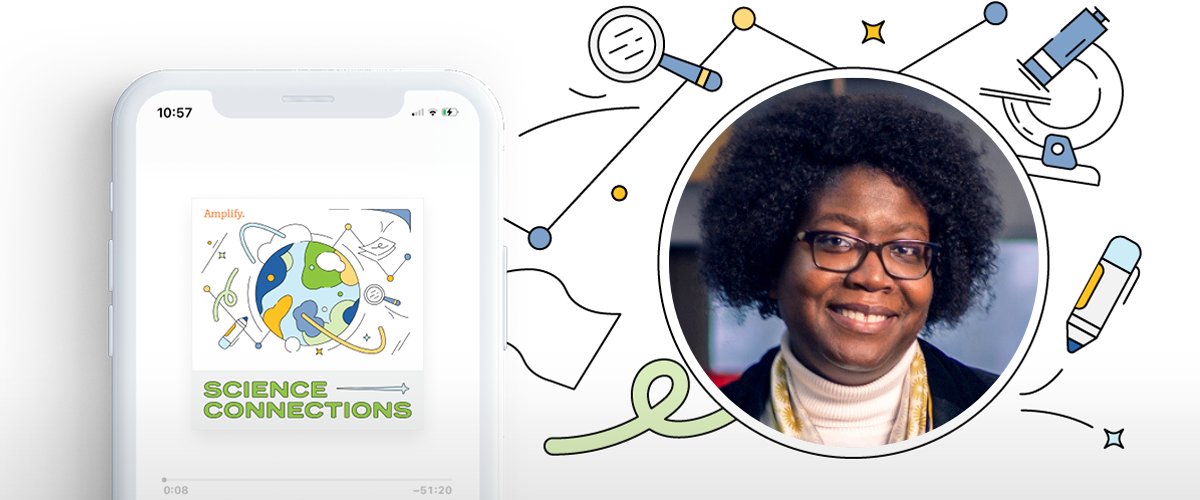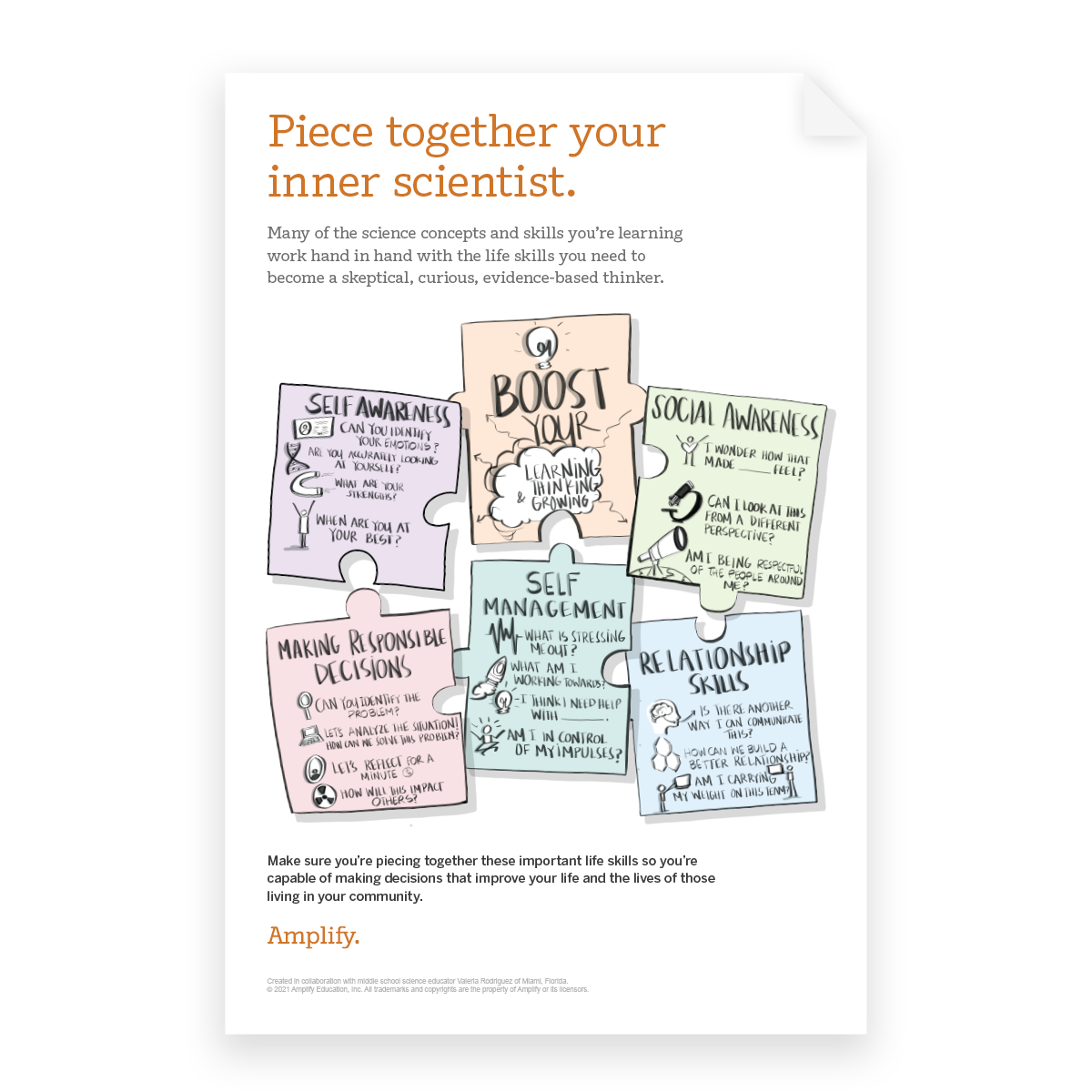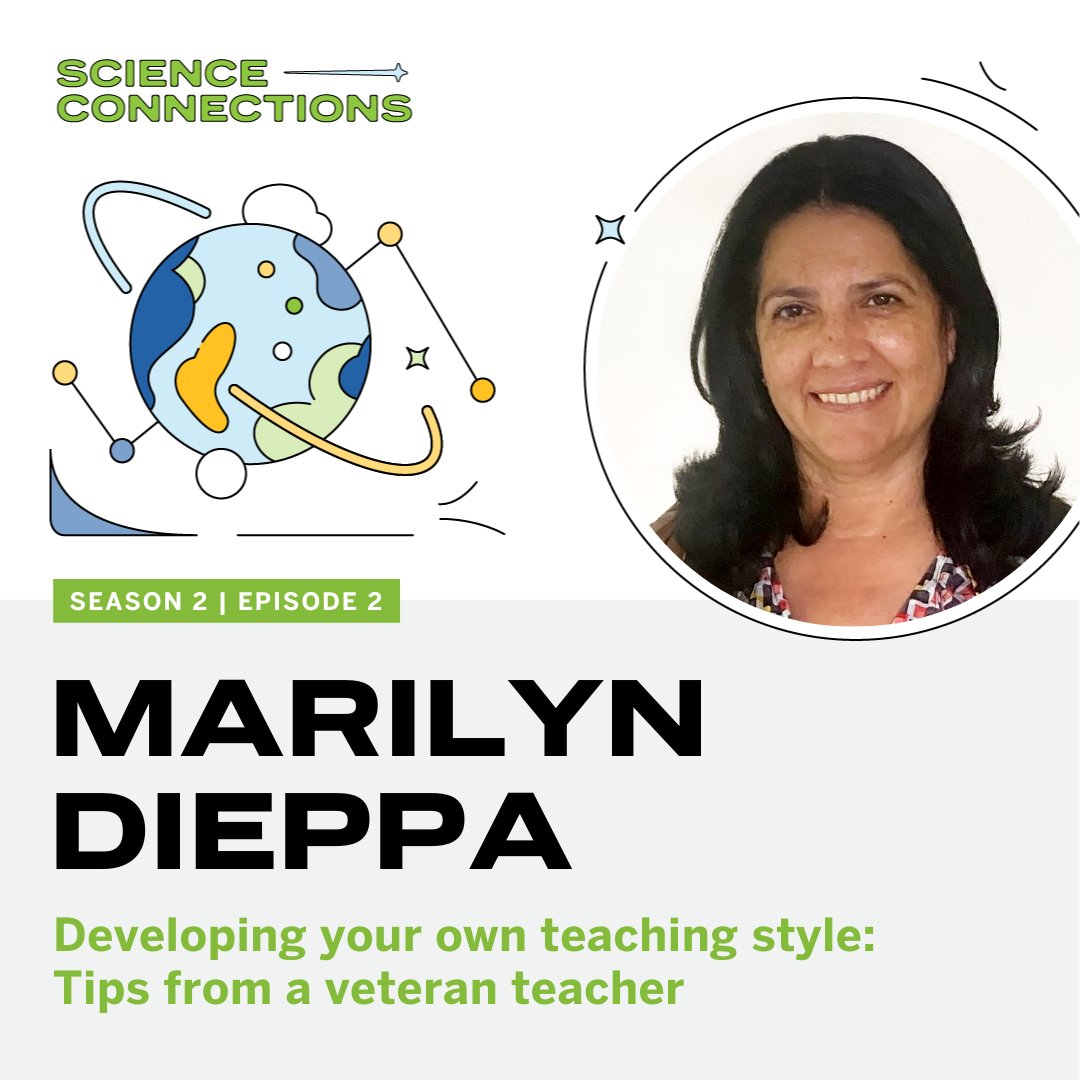
You know the stereotype: scientists as loners in their labs, only their beakers and goggles for company. But you donÔÇÖt need us to tell you that this image isnÔÇÖt scientifically accurate.
Scientists require interaction and teamwork to do their jobs, so itÔÇÖs important to build that kind of culture with every student in the science classroom.┬áHow?
In this recent episode of Science Connections: The Podcast (one of our many education podcasts), host Eric Cross takes up this topic with IndianaÔÇÖs 2022 Teacher of the Year, Sharita Ware. Together, they come up with four ways to foster a collaborative, imaginative culture in the classroom that helps students not just learn science, but love science.
1. Create a safe, equitable space.
Students connect best to each other, and to learning, when they feel comfortable themselves.
ÔÇťI create an environment of safety and I donÔÇÖt play favorites. I donÔÇÖt care what your backstory is. I donÔÇÖt care how many times I see you in the hallway. When you hit my room, I treat you the same way I treat everybody else,ÔÇŁ says Ware.
ÔÇťJust because youÔÇÖre not the loudest person in the room doesnÔÇÖt mean that you donÔÇÖt have something to say,ÔÇŁ she adds, recalling her own experience as the quiet kid in the back of the class. ÔÇťI try to make them all feel that what they have to contribute is good, is enough.ÔÇŁ
2. Connect to humans in the real world.
Cross describes volunteering for a service that supports visually impaired people who FaceTime when they need assistance. If he got a call during his coding class, heÔÇÖd answer it and share the experienceÔÇöcreating an opportunity to talk about new ways that tech connects and helps people every day.
ÔÇťThe human part of it brings so many more students into engagement,ÔÇŁ he says. When kids connect science to real-world problems and real-world people, that atmosphere of relevance may help them relate more deeply to the science and to each otherÔÇöand to you!
3. Integrate other disciplines.
Ware envisions creating project-based learning lesson plans that could span a whole year, or even a whole school. For instance: a campaign to build a new park could include not just scientific feasibility studies for location and construction, but also letters to town officials (persuasive writing) and landscape design.
Even a similar short-term project in one science classroom could do the job of playing to different studentsÔÇÖ strengths and interests, making each feel included in different ways as they work toward a shared goal.
4. Supporting the development of interpersonal skills.
Collaborative work requires students to communicate with each other. ÔÇťWhen theyÔÇÖre focused on a project, theyÔÇÖre able to dive deep into how to express themselves and communicate with real people,ÔÇŁ says Cross. Ware calls those skills ÔÇŁthe interpersonal skills of being able to sell my idea and present myself.ÔÇŁ
Teachers can not only create collaborative projects that require communication skills, but also actively support students in developing those skills while engaging in those projects.
In these ways, building a collaborative culture in the classroom is also a way of modeling for students the collaborative culture of science itself.
đď░«░═╩┐Science helps foster just this kind of collaborative culture in the classroom. It blends hands-on investigations, literacy-rich activities, and interactive digital tools to empower students to think, read, write, and argue like real scientists and engineers.
Listen to the whole podcast episode here and subscribe to Science Connections: The Podcast here.
About AmplifyÔÇÖs Science Connections: The Podcast
Science is changing before our eyes, now more than ever. So how do we help kids figure that out? How are we preparing students to be the next generation of 21st-century scientists?
Join host Eric Cross as he sits down with educators, scientists, and knowledge experts to discuss how we can best support students in science classrooms. Listen to hear how you can inspire kids across the country to love learning science, and bring that magic into your classroom for your students.


